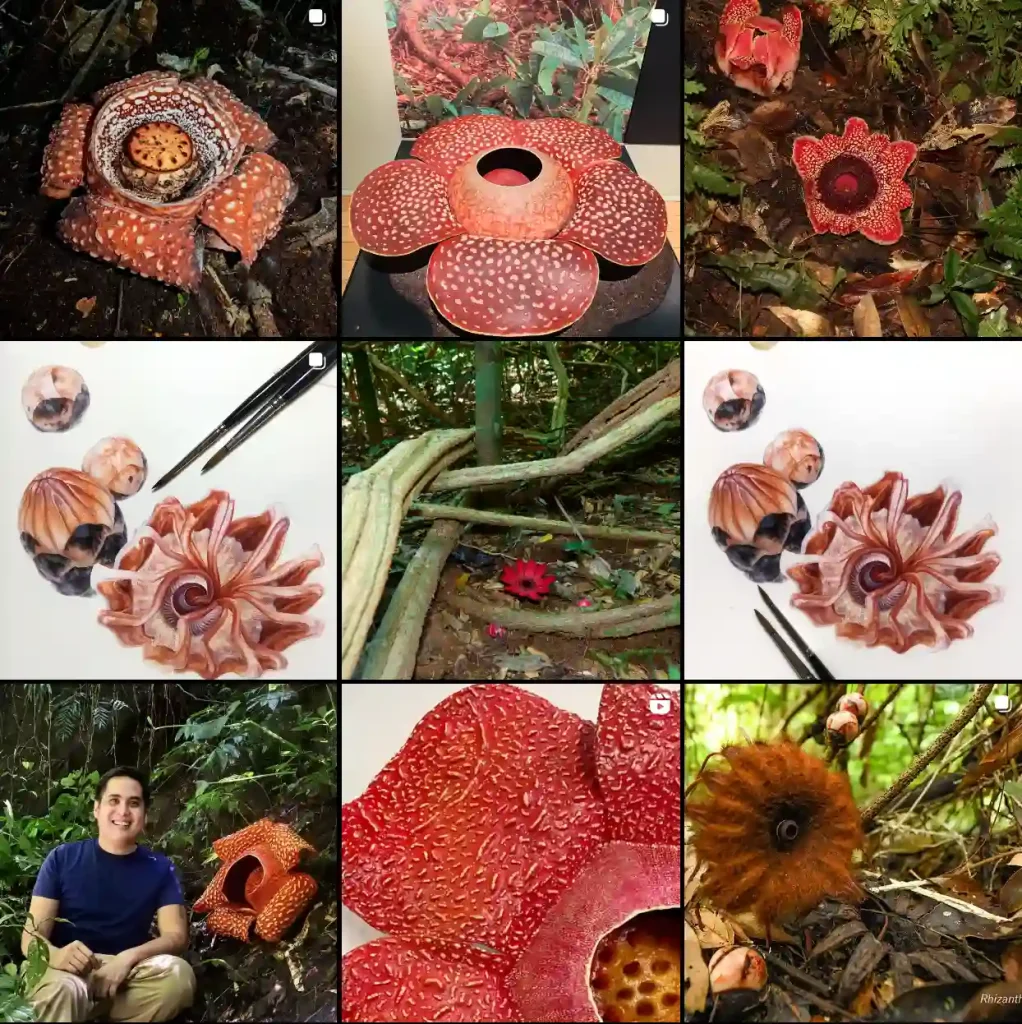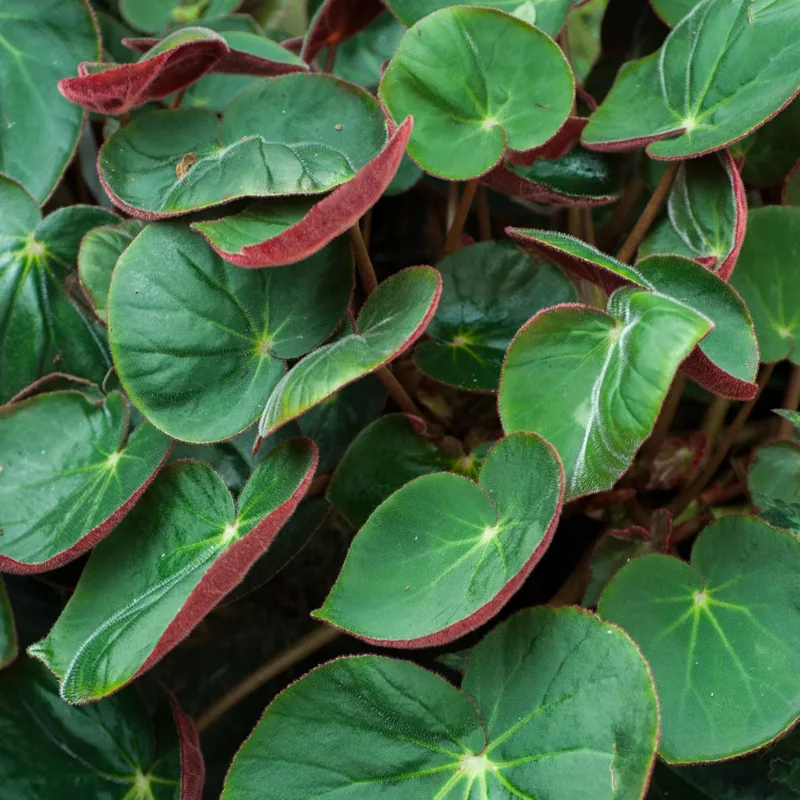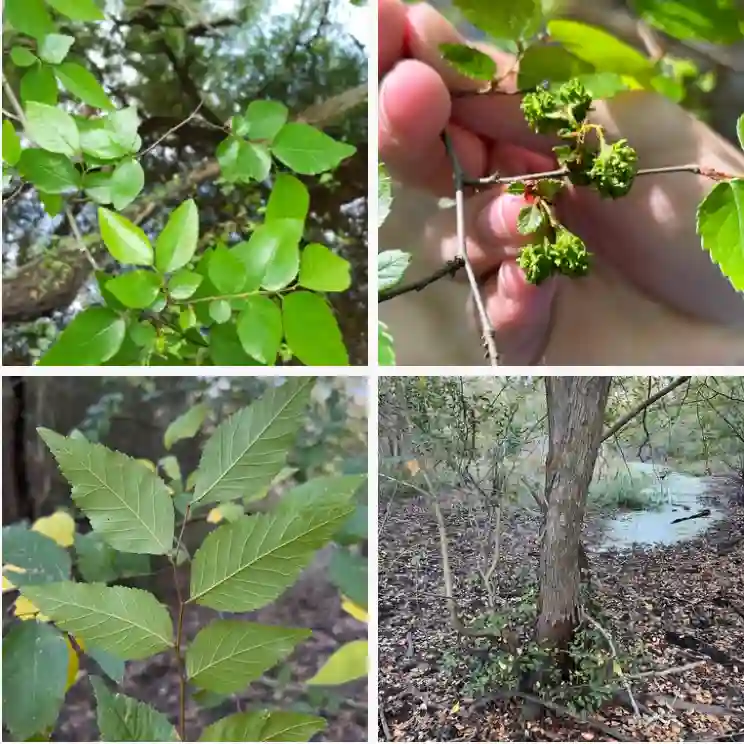A Gardener’s Guide to Vaccinium Pallidum: The Hillside Blueberry
For years, my garden has been a canvas for experimentation. I’ve nurtured exotic blooms and wrestled with stubborn vegetables, but there’s a certain charm to native plants that can’t be replicated. Enter Vaccinium pallidum, the hillside blueberry. This unassuming shrub has become a delightful surprise, offering not just beautiful foliage but also a bounty of delicious berries.
Now, before you rush out and plant a hillside blueberry in every corner of your yard, let’s delve deeper into this fascinating little shrub.
488 Species in Genus Vaccinium
What is Vaccinium Pallidum?
Vaccinium pallidum, also known as the Blue Ridge blueberry, late lowbush blueberry, or early lowbush blueberry, is a deciduous shrub belonging to the Ericaceae family. Unlike its taller, commercially cultivated cousins, Vaccinium pallidum hugs the ground, forming a compact mound that rarely exceeds three feet in height. Its delicate, pinkish-white flowers emerge in mid to late spring, giving way to a profusion of berries that can be blue or black, depending on the variety. The real showstopper, however, comes in fall. The leaves transform into a fiery display of red and orange, adding a pop of color to the waning season.
How to plant and care for Vaccinium Pallidum?
Vaccinium pallidum isn’t a fussy plant, but understanding its preferences will ensure it thrives in your garden. Here’s what you need to know:
- Light: While Vaccinium pallidum tolerates some shade, it performs best in full sun. Aim for at least 6-8 hours of direct sunlight daily.
- Soil: This blueberry thrives in acidic, well-drained soil. If your soil is heavy clay, consider amending it with organic matter like compost or peat moss.
- Watering: Vaccinium pallidum is surprisingly drought-tolerant once established. However, regular watering, especially during hot, dry spells, will encourage healthy growth and fruit production.
- Mulching: A layer of mulch around the base of the plant helps retain moisture, suppress weeds, and regulate soil temperature. Choose an acidic mulch like pine needles or wood chips.
- Fertilizing: Vaccinium pallidum doesn’t require heavy feeding. A light application of a fertilizer formulated for acid-loving plants in early spring can be beneficial.
How to Propagate Vaccinium Pallidum?
There are two main ways to propagate Vaccinium pallidum:
- Seed: Propagating from seed is a slow process that can take several years for the plants to reach maturity. However, it’s a rewarding way to obtain new varieties. Stratify the seeds by placing them in moist sand in the refrigerator for several weeks before sowing them in acidic potting mix.
- Softwood Cuttings: This is a faster and more reliable method. Take softwood cuttings in early summer, just before new growth hardens off. Dip the cut ends in rooting hormone and plant them in a pot filled with a well-draining potting mix. Keep the soil moist and provide bottom heat for best results.
What to Plant With Vaccinium Pallidum?
Vaccinium pallidum’s compact size and vibrant fall foliage make it a versatile addition to various garden spaces. Here are some ideas for companion plants:
- Other Acid-Loving Plants: Azaleas, rhododendrons, and ferns share similar soil requirements and create a beautiful, cohesive look.
- Low-Growing Perennials: Creeping phlox, catmint, and coral bells add color and texture throughout the season.
- Ornamental Grasses: Blue fescue and hairgrass provide a graceful contrast to the blueberry’s rounded form.
Is Vaccinium Pallidum Poisonous?
While Vaccinium pallidum berries are safe for human consumption, it’s important to note that some other parts of the plant, like the leaves and stems, can be mildly toxic. These shouldn’t be ingested in large quantities, but the risk is minimal for adults and pets who avoid them.
Conclusion
Vaccinium pallidum is a low-maintenance shrub that offers a bounty of rewards. Its beautiful flowers, delicious berries, and stunning fall foliage make it a valuable addition to any garden. With a little care, this native gem will thrive in your landscape for years to come, providing a taste of the wild and a touch of beauty throughout the seasons.
If i die, water my plants!



